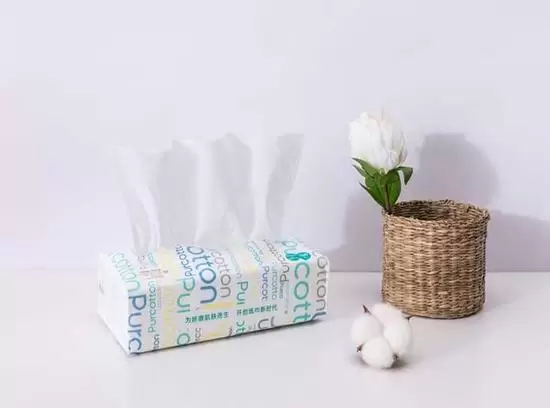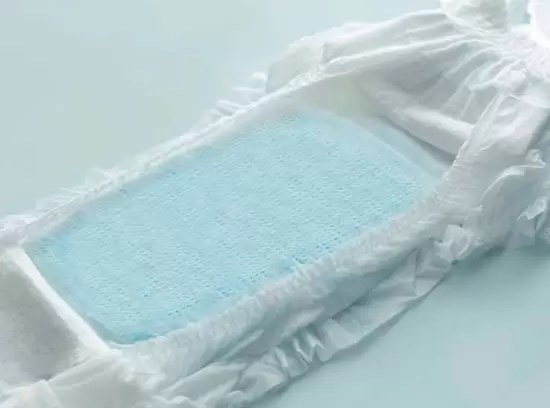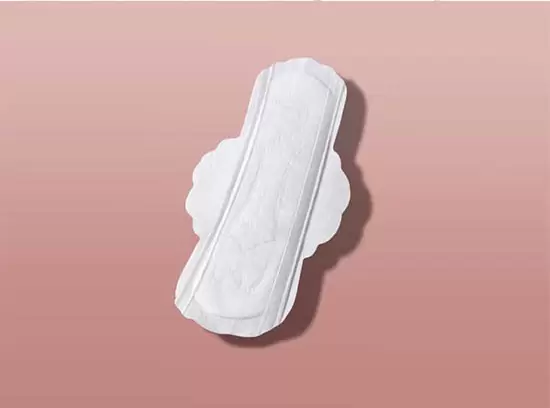Tissue non-woven, also known as non-woven fabrics, are composed of directional or random fibers and are a new generation of environmentally friendly materials. It has the characteristics of non-combustion, easy to decompose, non-toxic and non-irritating, rich in color, low price, and recyclable. For example, polypropylene (pp material) pellets are mostly used as raw materials, which are produced by high-temperature melting, spinning, laying, hot pressing and coiling in a continuous-step method.
For those who are new to the tissue non-woven industry, it is easy to get confused by the various materials and processes of tissue non-wovens. Especially for business or sales, because the difference in the process of non-woven fabric bags is not distinguished, it is not uncommon to find bad orders due to process errors during the processing. We will take you to sort out the processes corresponding to the following common terms.
1. The meaning of S, SS, SMS, SMMS often said in non woven fabrics
(1) S: Spunbond tissue non woven = single-layer fiber web hot-rolled.
(2) SS: spunbond tissue non woven + spunbond tissue non woven = two-layer fiber web hot-rolled.
(3) SMS: spunbond tissue non woven + meltblown tissue non woven + spunbond tissue non woven = three-layer fiber web hot-rolled.
(4) SMMS: spunbond tissue non woven + melt-blown tissue non woven + melt-blown tissue non woven + spunbond tissue non woven = four-layer fiber web hot-rolled.
2. The value of the structure design of non woven packaging bags
The non-woven fabric bags are to prevent the goods from being damaged by external shocks during the circulation and storage process. In order to strengthen the containment and protection of the main body of the package, the product packaging not only needs to have a beautiful appearance, excellent materials, and innovative design concepts but also the packaging structure can affect the quality of the packaging process. Moreover, the non-woven bags are resistant to abrasion. It can be molded at one time and produced in batches, with good air permeability and innovative packaging, which can meet the customized requirements of customers.
Good cloth will not have a big difference in thickness in a light environment. The control force of the fabric texture is required to be 5 stitches per inch so that the sewn bags are beautiful and have strong bearing capacity. However, poor fabrics will appear very uneven, and the texture contrast of the fabrics will be larger, which will greatly reduce the bearing weight of the fabrics, and at the same time, the fabrics with poor hand feel will feel very hard and not soft. In order to reduce the cost, some recycled materials (that is, recycled materials) and a corresponding proportion of curing agent are added to the raw materials, so that the fabric produced in this way has poor tensile strength and is difficult to restore. In addition, poor fabrics will feel thicker and stiffer than ordinary ones, but not soft. In this case, the bearing capacity is poor, it is not resistant to wear, and it will be very difficult to decompose, which is not environmentally friendly.
Nonwoven packaging bags are a new generation of environmentally friendly materials, which are water-repellent, breathable, flexible, non-combustible, non-toxic and non-irritating, and have rich colors. Spunlace nonwoven fabric is non-toxic, odorless, and free of any leftover substances when burned, so it does not pollute the environment, and it is very environmentally friendly. Moreover, the chemical structure of polypropylene is not strong, and the molecular chain can be easily broken so that it can be effectively degraded and enter the next environmental cycle in a non-toxic form.
Winner Nonwovens can also offer:













